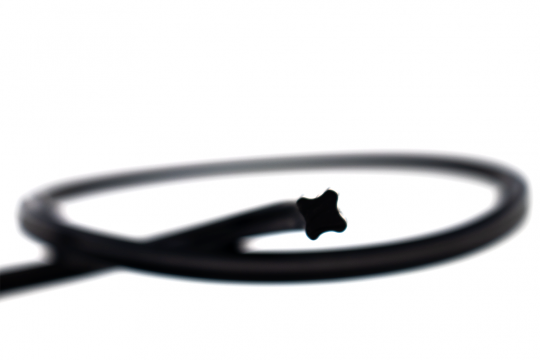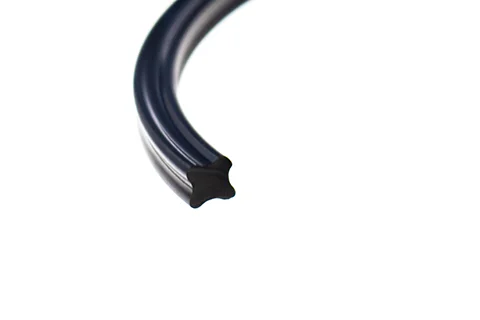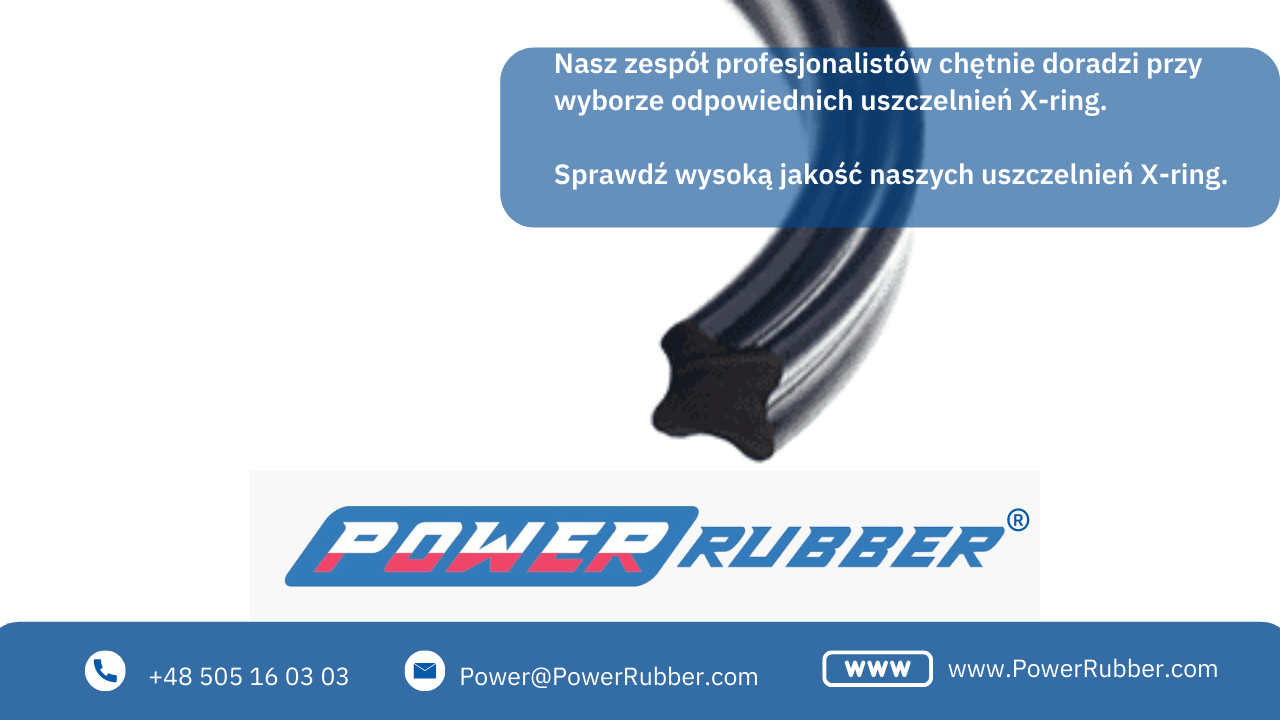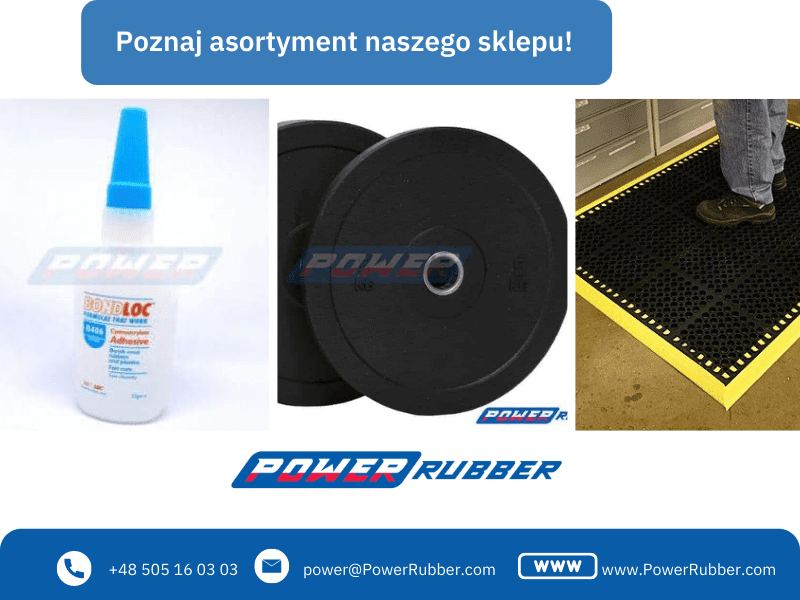X-Ring, Quad-Ring, Q-Ring Seals – Reliable High-Pressure Sealing
What is an X-Ring or Quad-Ring?
An X-ring seal, also known as a Quad-ring or Q-ring, features an X-shaped cross-section that provides double sealing contact compared to standard O-rings. This design makes X-rings especially effective in high-pressure sealing applications, both static and dynamic.

Where are X-Rings Used?
X-rings are widely used in hydraulic and pneumatic systems, piston rods, pumps, high-pressure valves, and anywhere O-rings of 80 or 90 ShA hardness fail. Their structure supports long-term performance in dynamic rotary applications.
Why Choose an X-Ring for High Pressure?
The X-profile creates two sealing lines, offering greater surface contact and balanced stress distribution, which extends the life of both the seal and the equipment. This makes X-rings ideal for piston seals, rod seals, and dynamic shaft sealing.
Available X-Ring Materials from POWER Rubber
X-Ring in NBR (Nitrile)
Temperature range: -40 °C to +90 °C
Chemical resistance:
-
Limited ozone and UV resistance
-
High tear strength
-
Short-term resistance to fuels and oils
-
Suitable for aliphatic hydrocarbons
-
Works with HSA, HSB, and HSC hydraulic fluids
-
Resists mild acids and bases at low temperatures
X-Ring in FKM (Viton®)
Fluoroelastomer with temperature range: -25 °C to +210 °C
Resistance properties:
-
Excellent compatibility with oils, greases
-
UV and ozone resistant
-
Resists acids: sulfuric, hydrochloric, nitric, phosphoric
-
Compatible with chlorinated hydrocarbons, flame-resistant fluids
X-Ring in EPDM
Ideal for water-based and steam applications, -40 °C to +110 °C (up to 150 °C)
EPDM chemical resistance:
-
Excellent resistance to weather, ozone, and UV
-
Compatible with hot water, steam, and glycol-based brake fluids
-
Resists both organic and inorganic acids
-
Resistant to alkaline solutions (sodium, potassium)
-
Compatible with phosphate ester hydraulic fluids, silicone-based oils
-
Stable with Skydrol, ketones, esters, and alcohols
X-Ring vs O-Ring – What’s the Difference?
Our customers often ask: Should I use an X-ring or an O-ring?
Key differences:
-
O-rings have a round cross-section
-
X-rings have a cross-shaped profile
The X-ring provides more contact area, resulting in better sealing under dynamic stress. Additionally, X-rings offer improved longevity but are available in fewer material types and hardness levels than O-rings.
Need help choosing the right seal? Contact POWER Rubber for expert advice and custom quotes.


